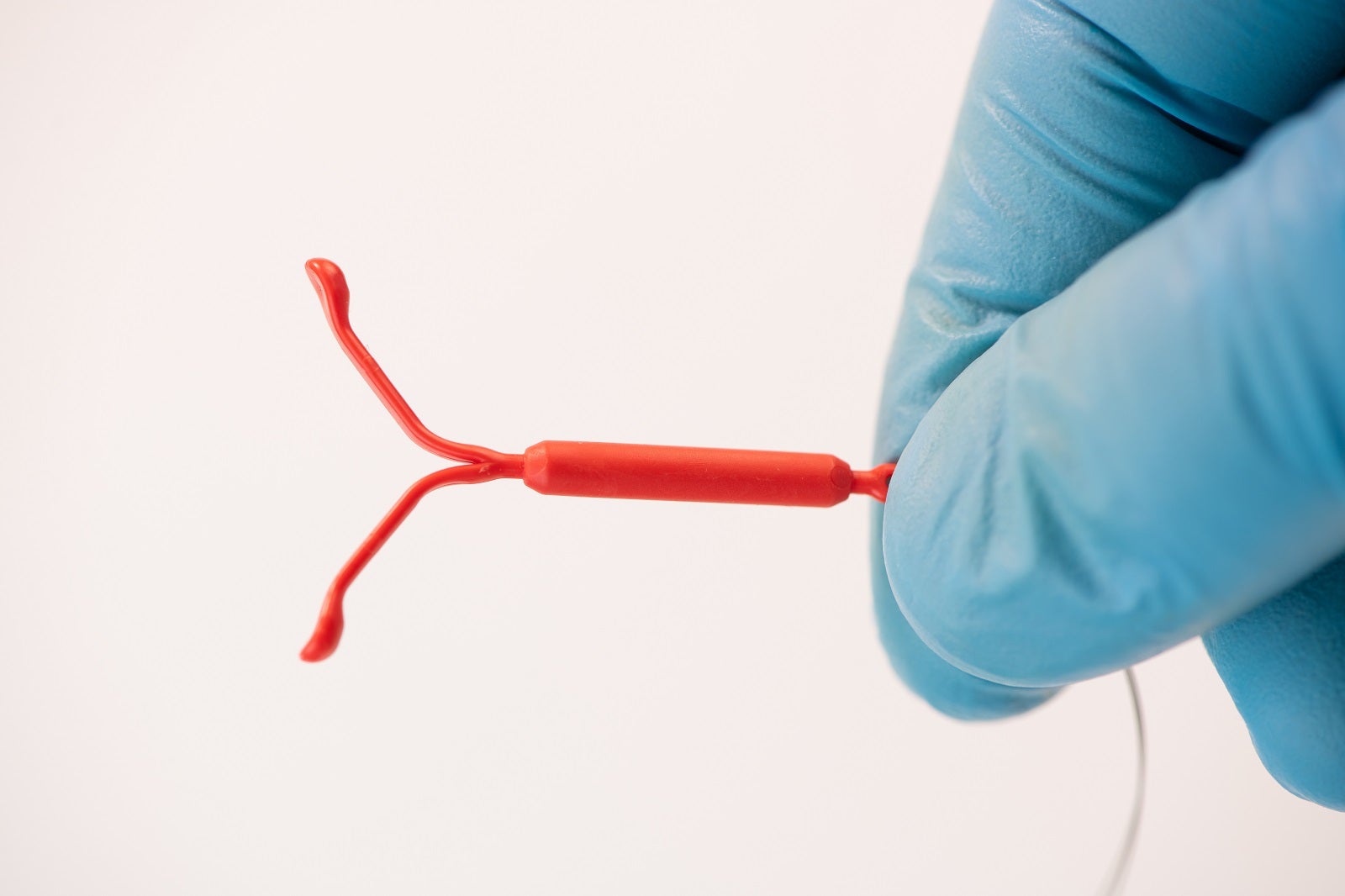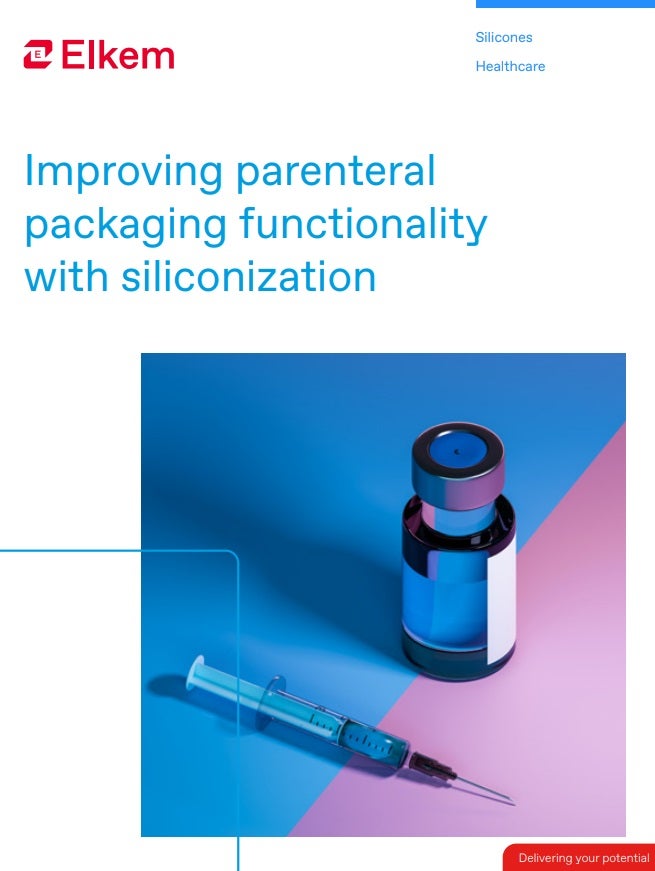
One of the reasons silicone is chosen so often as the best excipient for implantables is its ability to form a permeable matrix structure when cured – this creates space for API to inhabit and gradually pass through to the delivery point.
The three methods for any silicone type to interact with API
There are a number of options available to the industry when it comes to biocompatible silicones. An important consideration before a manufacturer selects materials based on the features that they require, is which method will be used to treat the silicone in order for it to interact with the API.
Whether you are choosing a full blending method prior to cure, curing the silicone to act as a reservoir, or using a solvent-API solution to impregnate a cured component – each method has its own impact on the integrity of the silicone and present different challenges for the development process. With this in mind, how can manufacturers choose the best silicone material and modifications for their implantable drug delivery devices? The first consideration to explore is the type of silicone and the advantages and disadvantages of each.
HCR, LSR or Adhesive?
High Consistency Rubber/Heat Cured Rubber (HCR) has a claylike consistency in its raw state, giving it a stronger green strength that enables the holding of a shape while heat is being applied to cure the material. Typically, advantages include higher tensile strength, elongation and tear strength. When using HCRs, manufacturers can use the extrusion process in order to make tubes or profiles and this continuous process also allows for automated cutting that can produce large quantities of simple parts quickly.
However, designs that centre around extrusion must be able to be made continuously; when attempting compression or transfer moulding options, green strength will be a hurdle, and waste from this process will be higher. HCRs are mixed on twoor three roll mills using a series of end passes, so maintaining homogeneity will require a masterbatch, a process that can be lengthy and manual, as well as present cleaning process challenges.
Liquid Silicone Rubbers (LSRs) are designed for moulding applications, most commonly injection moulding. For implantable drug delivery devices, LSRs can be full standalone devices or combined with other substrates via over-moulding. The main advantage LSRs offer is the capability for the widest range of component design potential due to the ability to flow into much smaller geometries than HCRs and the fact that injection moulding can be fully automated. Additionally, mixing API into LSRs is simpler, without the necessity for creating a masterbatch.
Heat, however, is LSR’s enemy when it comes to implantable drug delivery devices. As heat can be detrimental to API potency, it must be tightly controlled. The sheer stress of the injection moulding process can generate heat, and simply pushing silicones through small spaces can cause enough flash heat to affect an API.
Adhesives serve more as a complementary addition to implantable drug-device substrates. They perform multiple roles, including bonding elements together and being able to elute an API. They can be deposited extremely accurately using manual or automated dispensers, making them ideal for a cure-in-place drug delivery element, as well as ensuring that the correct amount of silicone eluting API is placed where it is needed. However, adhesives must be part of a larger device or substrate and their lack of physical properties makes them unsuitable as standalone drug-eluting components.
Modifications options (HCR and LSR only)
In addition to selecting the material, manufacturers may also look at silicone modifications for implantable drug delivery devices. One such option is dispersing HCRs and LSRs with solvents, which has proved to be the best method for achieving very thin membranes of silicone. Dispersing an HCR or LSR along with an API with a solvent can be used to create a drug-eluting conformal coating on a device. These dispersions are typically applied using a dipping or spraying method. Unfortunately, it is difficult to automate a dipping or spraying process, leading to long development times.
Alternatively, manufacturers can use a specially formulated foamed silicone or add a foaming agent to an HCR or LSR. Silicone foams can be extruded or moulded into a large variety of components that are more porous than standard silicones, meaning that they can be exploited to hold larger molecule API. Additionally, silicone foams are soft, which may provide more comfort for the patient. The sacrifice, however, is that development time is typically longer to establish a consistent foaming process and achievable designs are limited compared to standard HCR or LSRs.
Finding the right silicone partner
These choices can be overwhelming, so many manufactures may wish to seek out partnerships with silicone experts to get the most of their material. One company that’s garnering the attention of drug delivery device developers is French-based company Elkem Silicones, a world-leading fully integrated silicone manufacturer that not only offers quality silicone products, but also provides technical support, customised formulations and regulatory support. For more information about their products and services, visit their website.



